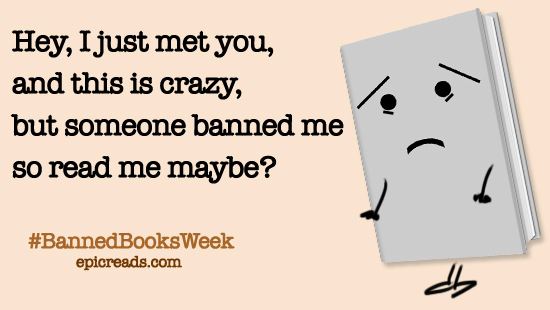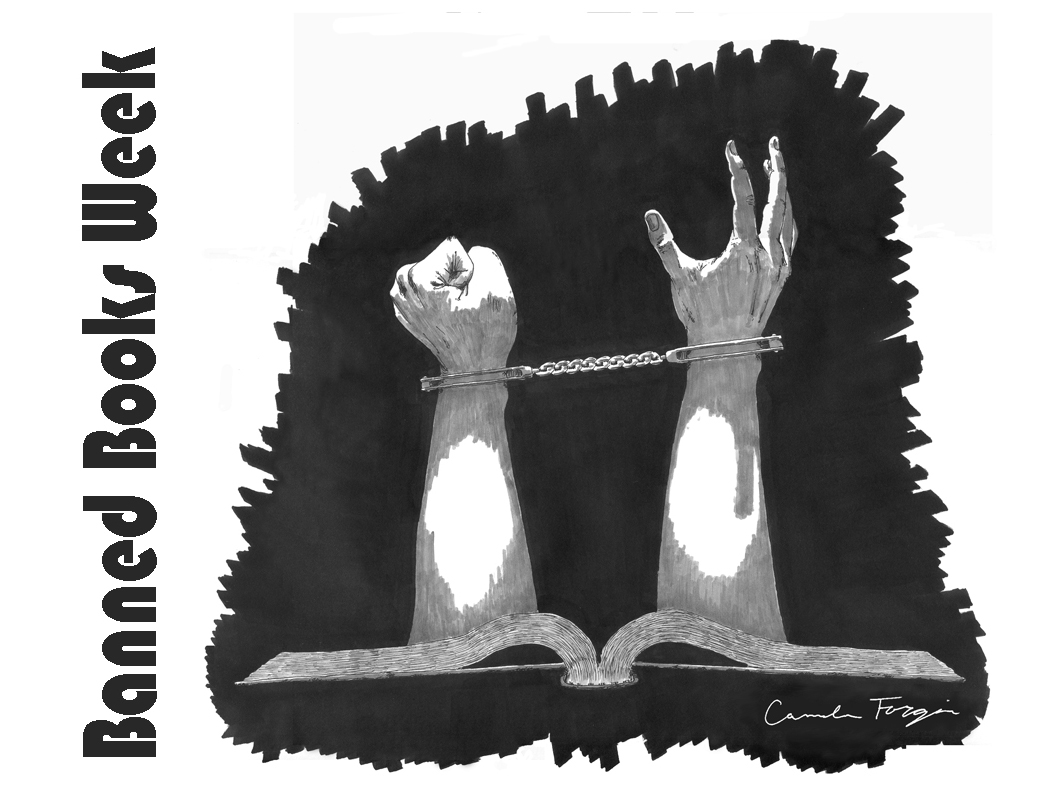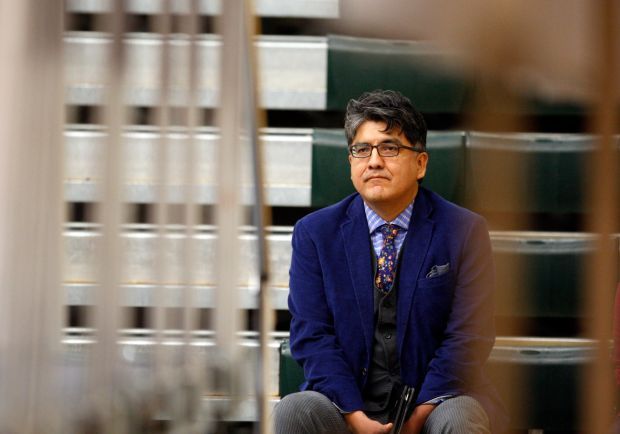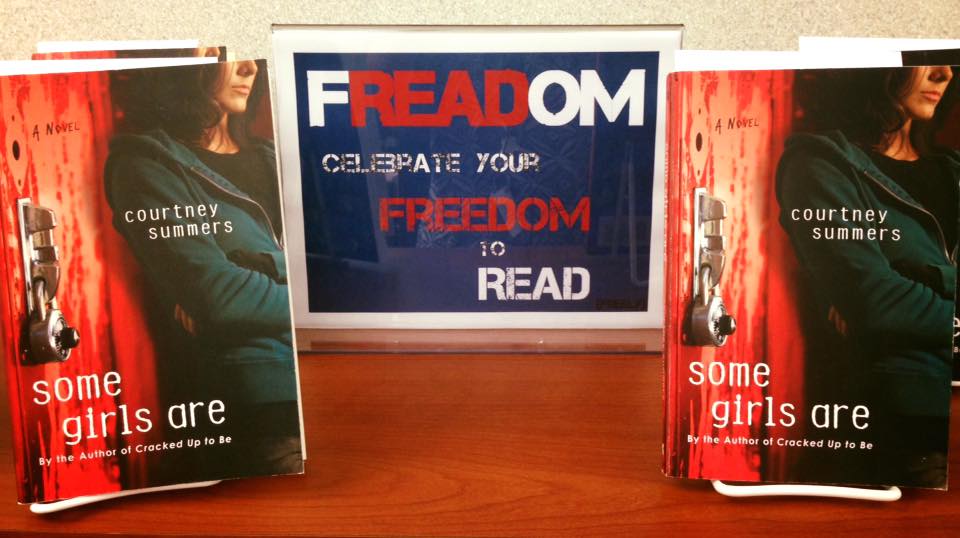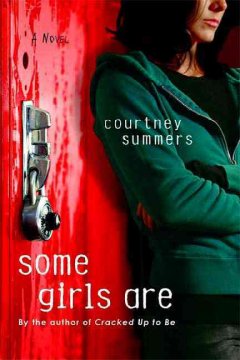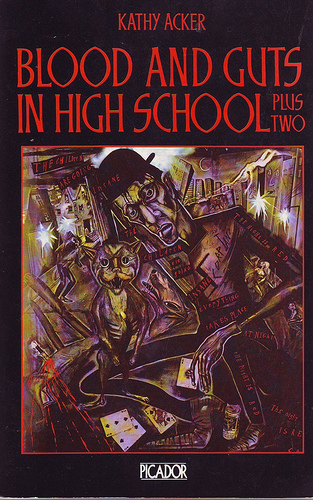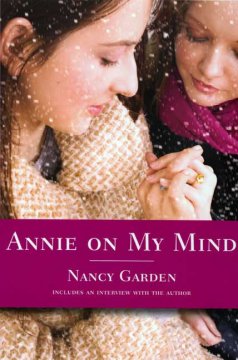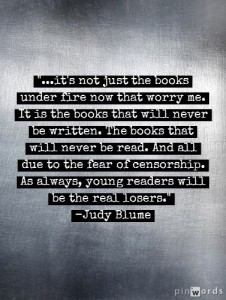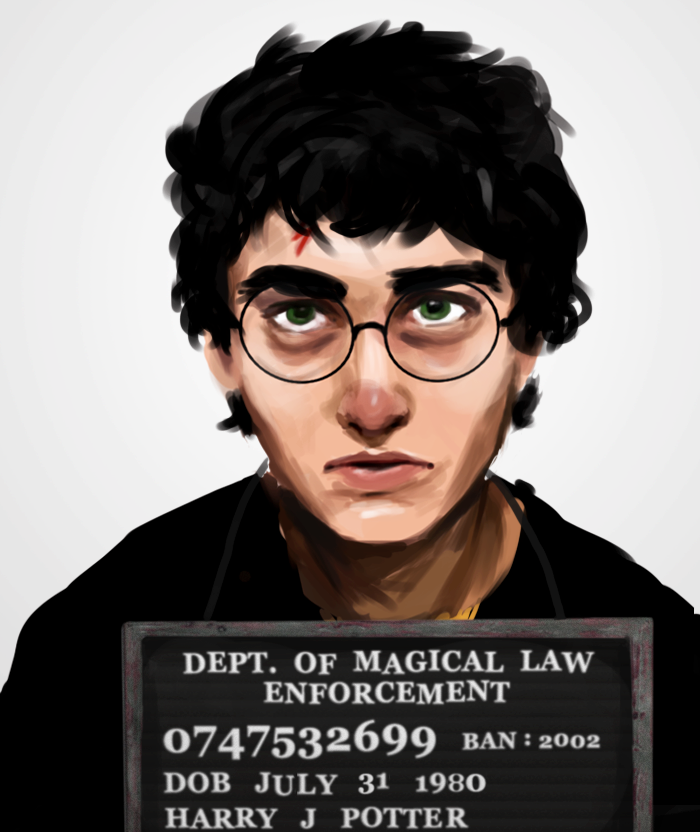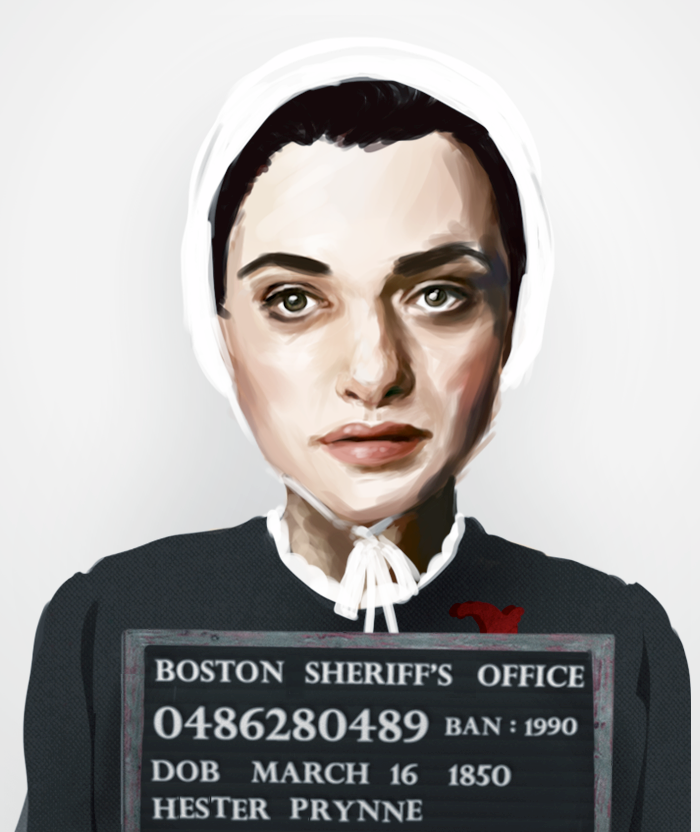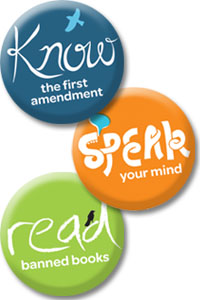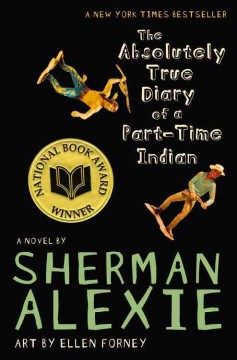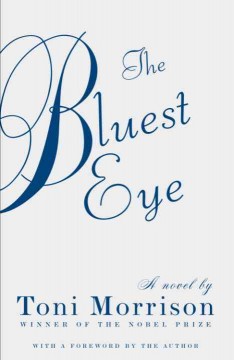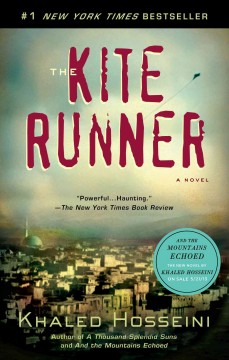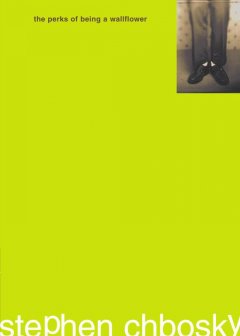Banned Book Week is drawing to a reluctant close, but since it’s our day to highlight books on the library shelves, and we are little literary rebels, I thought we could use this time to hear a few more authors talk about the importance of books; of allowing readers to think for themselves, to read what they want and need to read, wherever they want to read it. The books listed below are on our shelves and in the NOBLE system, ready and waiting for you to come and visit them, and maybe even be changed by them.
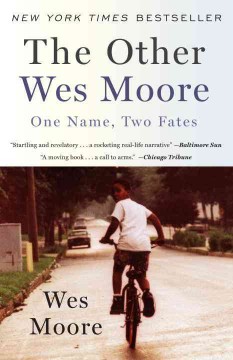 Wes Moore, author of The Other Wes Moore: One Name, Two Fates (challenged by parents to the Springfield Massachusetts School Committee for its discussion of drug use and alcohol):
Wes Moore, author of The Other Wes Moore: One Name, Two Fates (challenged by parents to the Springfield Massachusetts School Committee for its discussion of drug use and alcohol):
“Even if these students don’t read or talk about my story in school, I’m sure many of them would recognize the streets I grew up on…For many of my readers, hearing a story about someone like them – someone who struggled growing up in a family like theirs, on streets like theirs – resonates more powerfully for them than reading about people and places they couldn’t envision. For that very reason, I think it all the more important to bring The Other Wes Moore into schools and offer students a healthy space to discuss this. To talk about even the dark realities of my story and their own lives in the presence of their peers and caring teachers can be a powerful way to help them think of how they might make choices when caught in difficult times…We all have an obligation to share such stories and to consider the importance of teaching personal responsibility to our children.”
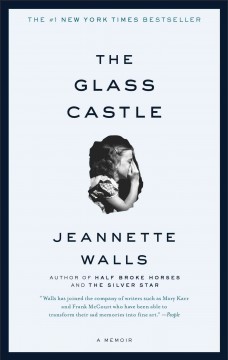 Jeanette Walls, author of The Glass Castle (removed from the curriculum in the Dallas County School District after parents voiced concern that their children would be uncomfortable with sex and drug use depicted ):
Jeanette Walls, author of The Glass Castle (removed from the curriculum in the Dallas County School District after parents voiced concern that their children would be uncomfortable with sex and drug use depicted ):
“My book has ugly elements to it, but it’s about hope and resilience, and I don’t know why that wouldn’t be an important message. Sometimes you have to walk through the muck to get to the message…A lot of teachers told me someone reported an abusive relative after reading it in my book. How valuable is that?…And we can begin to give kids the tools they need to deal with it, if only to say, ‘You are not alone.’”
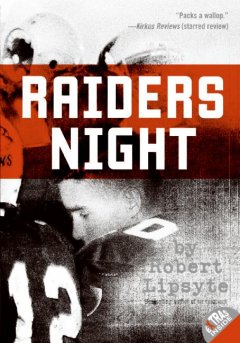 Robert Lipsyte, author of Raiders Night (challenged for scenes of drug use and discussion of sexual assault by numerous school systems and high school sports teams):
Robert Lipsyte, author of Raiders Night (challenged for scenes of drug use and discussion of sexual assault by numerous school systems and high school sports teams):
“…a bright suburban mid-western superintendent told me how much he had enjoyed the book and how, as a former football coach, he thought it was dead on…I explained that…[my] mission it is to tell useful, truthful stories to youngsters who are willing to absorb them into their process of becoming. I told him that the jocks with whom I had discussed the book – some in his own high school – thought it was like a documentary of their lives. What they really wanted to talk about was their profound distrust for adults, particularly coaches and school administrators. He nodded ruefully. They have reason, he said. For a moment, I wanted to clap him on the back, It’s okay, big fella, censoring information for boys and girls is a tricky, nuanced game, don’t beat yourself up. But…you censor information for kids and they’re used to it as adults so you can make wars, poison the air and burn up our future with lies.”
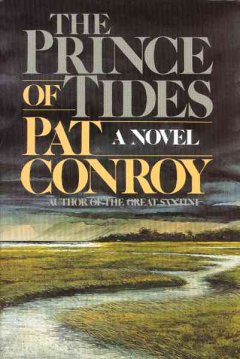 Pat Conroy, author of Prince of Tides and Beach Music (challenged by parents in Charleston, West Virginia, and brought to the author’s attention by a student desperate for the chance to read the books):
Pat Conroy, author of Prince of Tides and Beach Music (challenged by parents in Charleston, West Virginia, and brought to the author’s attention by a student desperate for the chance to read the books):
“The world of literature has everything in it, and it refuses to leave anything out. I have read like a man on fire my whole life because the genius of English teachers touched me with the dazzling beauty of language. Because of them I rode with Don Quixote and danced with Anna Karenina at a ball in St. Petersburg…I’ve been in ten thousand cities and have introduced myself to a hundred thousand strangers in my exuberant reading career, all because I listened to my fabulous English teachers and soaked up every single thing those magnificent men and women had to give. I cherish and praise them and thank them for finding me when I was a boy and presenting me with the precious gift of the English language.
The school board of Charleston, West Virginia, has sullied that gift and shamed themselves and their community….But here is my favorite thing: Because you banned my books, every kid in that county will read them, every single one of them. Because book banners are invariably idiots, they don’t know how the world works — but writers and English teachers do. I salute the English teachers of Charleston, West Virginia, and send my affection to their students.”
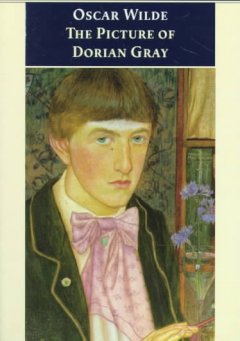 Oscar Wilde, author of The Picture of Dorian Gray, The Importance of Being Earnest, et. al. (Dorian Gray was heavily edited and later banned for immorality. The rest of Wilde’s work was suppressed following his imprisonment for gross indecency):
Oscar Wilde, author of The Picture of Dorian Gray, The Importance of Being Earnest, et. al. (Dorian Gray was heavily edited and later banned for immorality. The rest of Wilde’s work was suppressed following his imprisonment for gross indecency):
The artist is the creator of beautiful things….Those who find ugly meanings in beautiful things are corrupt without being charming. This is a fault.
Those who find beautiful meanings in beautiful things are the cultivated. For these there is hope….
There is no such thing as a moral or an immoral book. Books are well written, or badly written. That is all.

